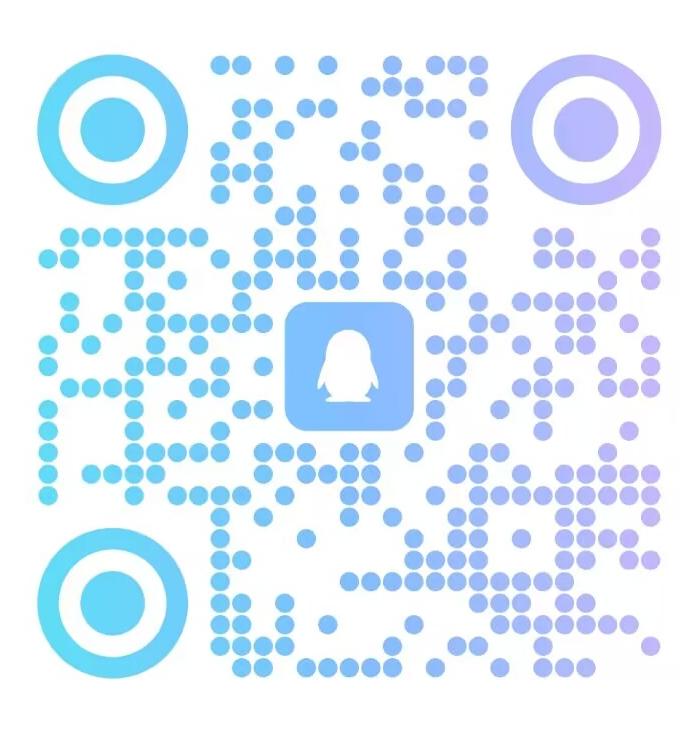QQ扫一扫联系

Passage Two
Questions 51 to 55 are based on the following passage.
A few weeks ago, a well-meaning professor tried to explain the physiological process
behind viruses and the human body in a tweet and was immediately criticized for a mistake
in his information. He then issued an apology and deleted his erroneous tweet.
Communicating science beyond the academic bubble is necessary to augmenting
public understanding of health and environmental issues and helping individuals make
well-informed personal decisions.
However, scientists who engage in science communication must acknowledge that
even in their area, their expertise is deep but narrow. They need to recognize the constraints
in their own knowledge. That is not to suggest that they only write or present on their own
research, but rather, that they consult with an expert if the topic is outside of their discipline.
Fact-checking with a scientist who works in the specialty will prevent the unintentional
2022年6月英语六级真题第2套第6页共8页
spread of misinformation, and the process of doing so may yield tiny pieces of interesting
new information that can be incorporated.
Some have argued that the public is not educated enough to understand scientific
information, especially for any complex phenomena, but this is absurd. Science instruction
can be found at all levels of public education with most secondary schools offering classes
on biology, physics, and chemistry. If anything, social media has shown that the public
craves knowledge based on a solid scientific foundation. Even the public discourse that
follows most scientific articles shows that online readers can understand even the most
baffling of scientific principles.
It is equally imperative to emphasize that being an expert on a topic does not
automatically make a scholar qualified to communicate it to a nonscientific audience. A
number of scientists recently have been offering public-aimed explanations of scientific
phenomena. Even though they have appropriate credentials, they often do very little in the
way of explaining. One biologist shared an intricate analogy involving a library, books,
paper, a recipe, ingredients, and a cake to explain the process behind vaccines. Any
explanation that requires a written key to keep track of what each item represents is not a
clear example for public consumption.
Science communication is a science in and of itself. It requires rigorous training and
instruction. A scientist should take communication courses that can teach a person how to
identify and eliminate jargon and how to develop effective analogies to explain complex
concepts. One cannot assume communication expertise-imagine if someone just decided
that they were a physicist and started trying to contribute to the field without the necessary
background. Doing a poor job communicating science to the public will only create
confusion and widen the gap between science and society, a gap that scientists are trying to
close.
51. What does the author say about communicating science to the general public?
A) It will help them to keep abreast of the latest scientific developments.
B) It is a necessary means to improve their understanding of scientific issues.
C) It will get them more involved in academic debates on environmental problems.
D) It is an effective way to augment scientists' influence beyond the academic circle.
52. What does the author advise scientists do to deal with topics outside of their specialty?
A) Write or present on them from new angles.
B) Utilize information from diverse sources.
C)Turn to a specialist for professional help.
D)Fact-check with colleagues in their field.
53. What does the author say we can learn from social media?
A)A solid academic foundation is essential to understanding baffling scientific principles.
B) Modern technology has facilitated communication between scientists and the public.
C)Scientific articles have gained increasing popularity among the general public.
D) The public's understanding of science is much better than some have claimed.
54. What does the example of the biologist who shared an intricate analogy show?
A) It is helpful to use illustrations in explaining scientific phenomena.
B) It is imperative to have appropriate titles to explain scientific issues.
C) A learned scholar is not necessarily a qualified science communicator.
D)A nonscientific audience cannot duly understand principles of science.
55. What does the author suggest scientists do to close the gap between science and society?
A)Explain complex concepts scientifically.
B) Make appropriate use of scientific terms.
C)Take courses in public speaking.
D) Develop communication skills.al.